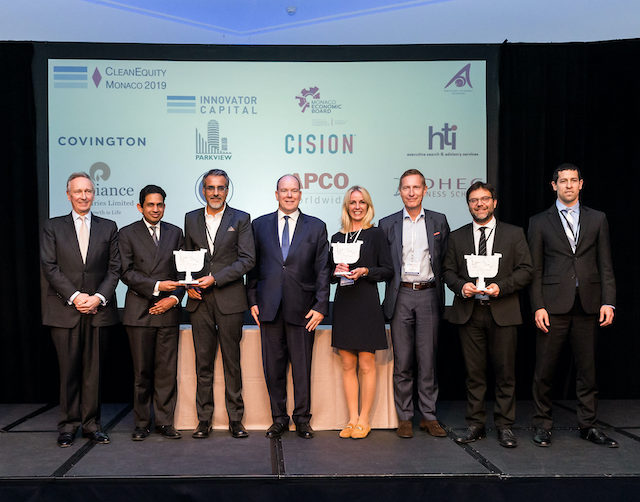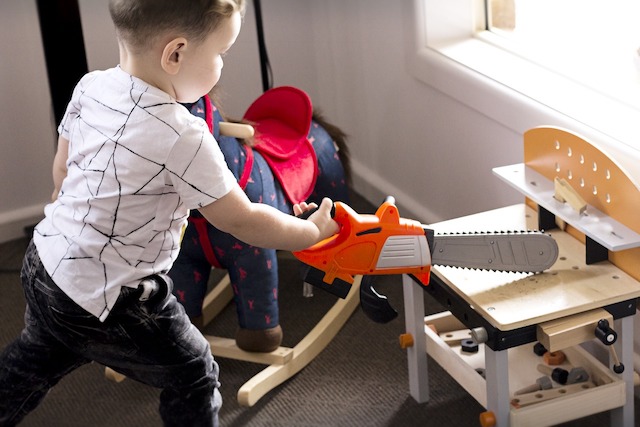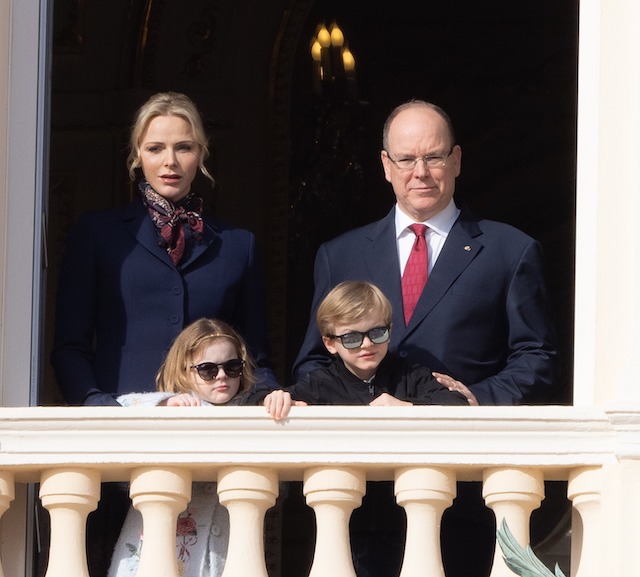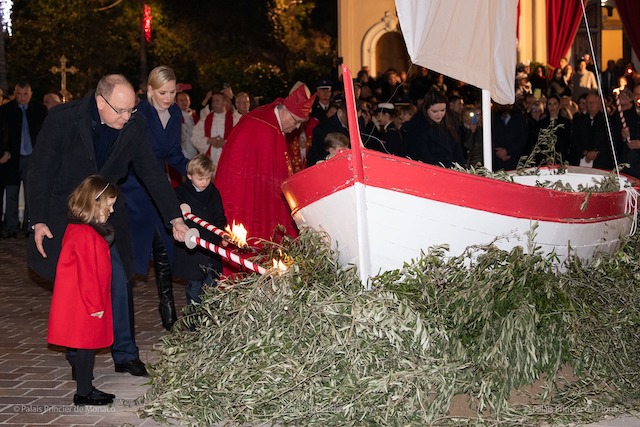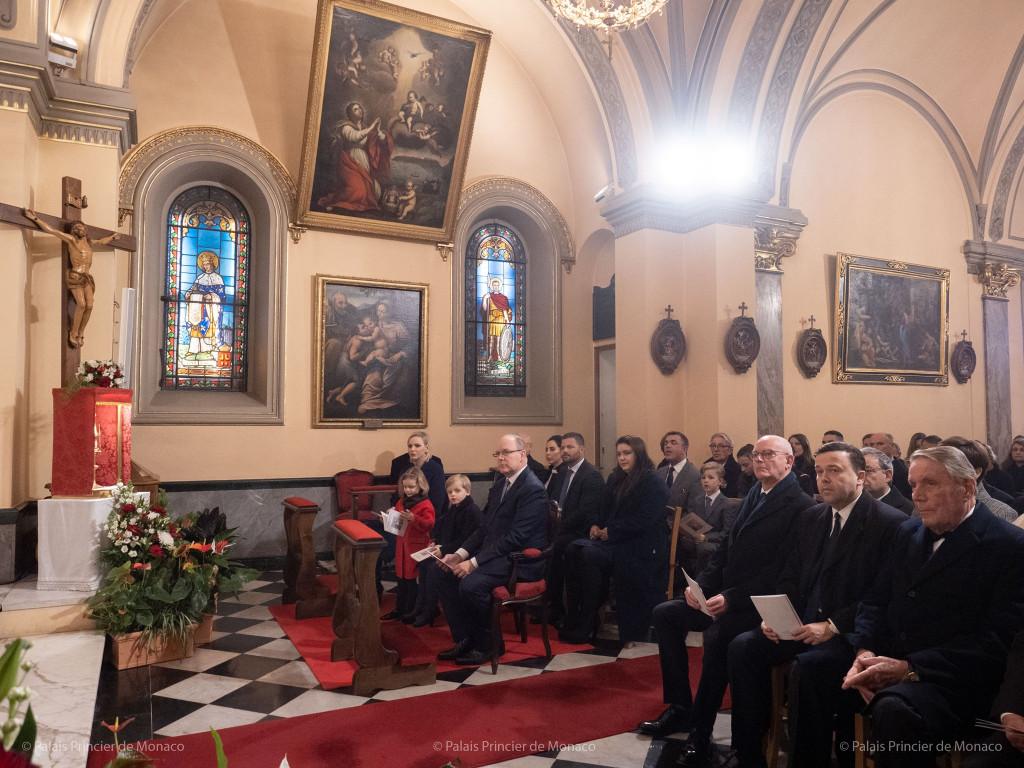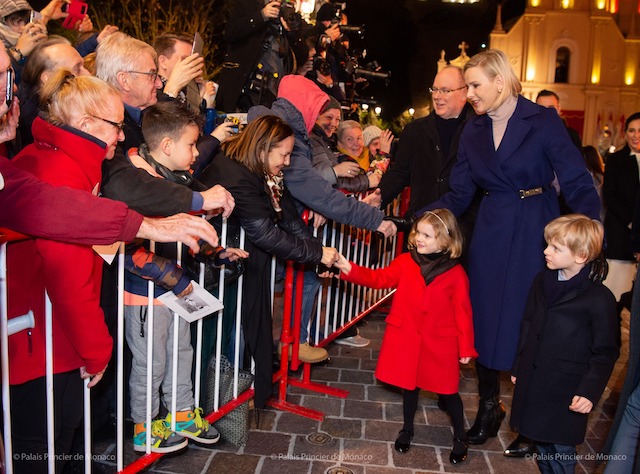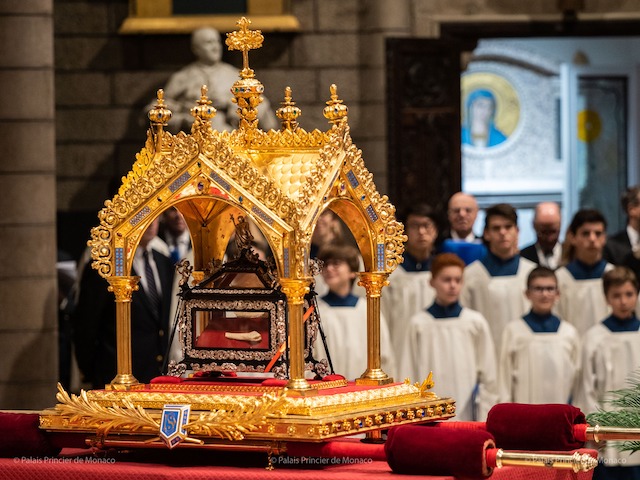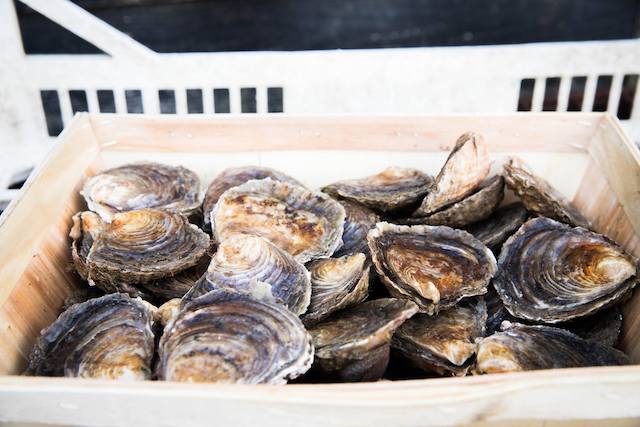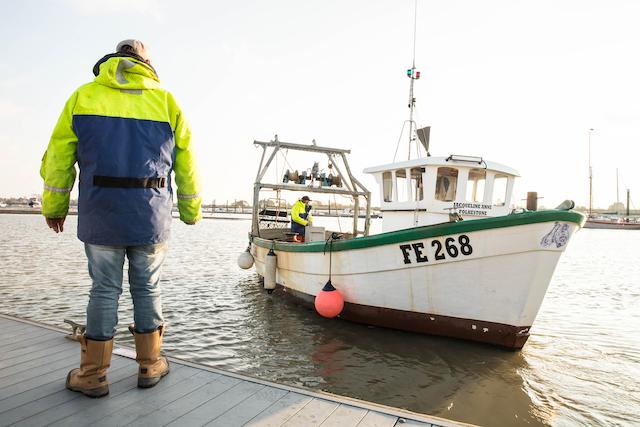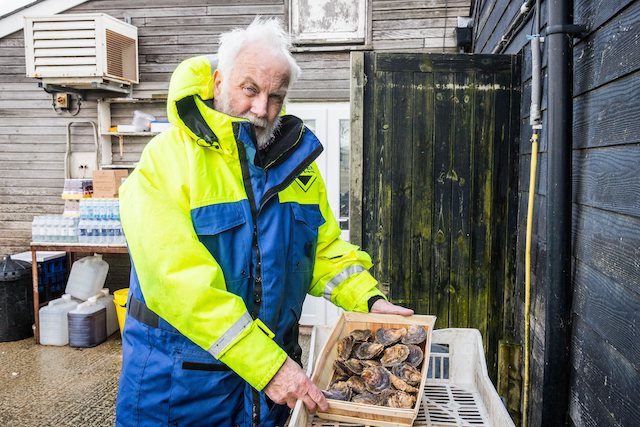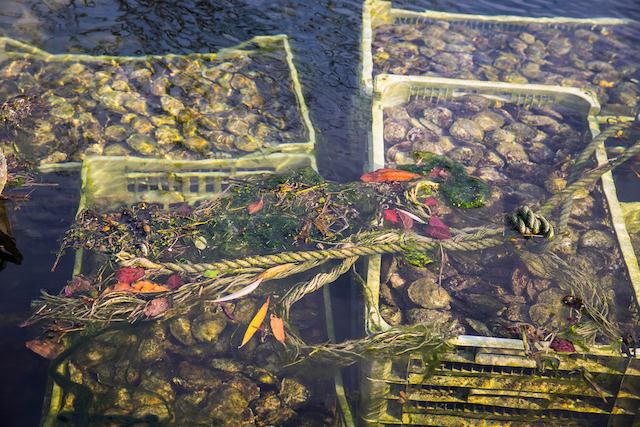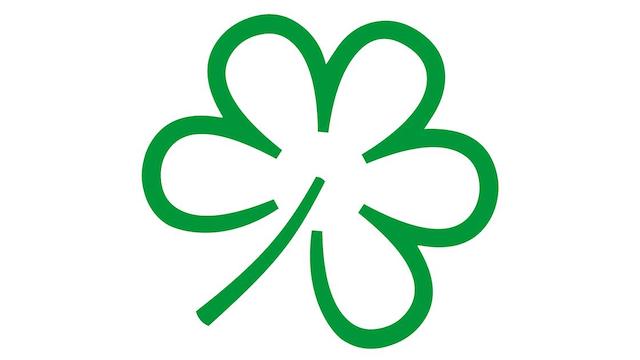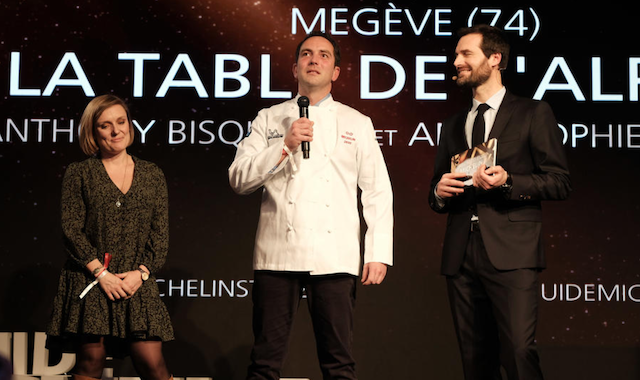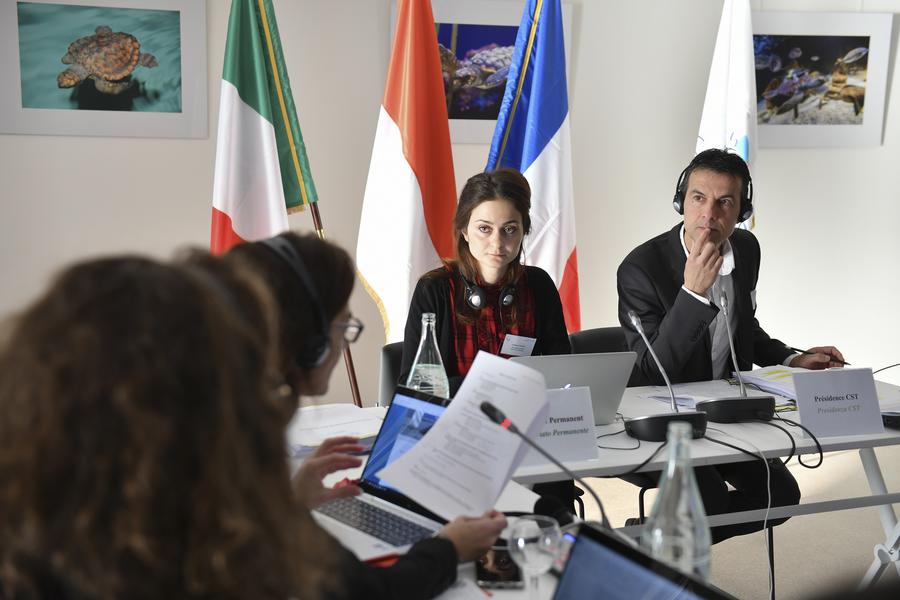The sustainable technology innovation forum, Clean Equity Monaco 2020, will kick off its 13th edition at the Fairmont Monte-Carlo Hotel with some new faces as well as continued commitment from old partners.
Co-founded by HSH Prince Albert II and the Chairman of London-based investment bank Innovator Capital Mungo Park, the Clean Equity Monaco 2020 conference will begin on 25th March with a roster of companies selected from over 600 applicants and chosen by the Clean Equity team and Innovator’s Capital (ICL).
Additionally, ICL has announced two new collaborations this year with BP Ventures and Earth Capital, who are both eager to be part of the show.
“Earth Capital has been attending Clean Equity Monaco since 2010 and for our 10th year we felt it fitting to increase our support and commitment to this first-class event that brings together the brightest entrepreneurial minds and leading investors completely focused on sustainable technology,” Gordon Power, CIO of Earth Capital said.
BP Venture’s Managing Director for Europe and the Middle East, Nacho Gimenez, sees the expanded potential of the new partnership both in financial and environmental terms, saying that “BP Ventures is delighted to be joining Clean Equity Monaco 2020. We are looking forward to meeting innovators and investors in game-changing technologies. Venturing plays a key role in BP’s strategy to tackle the dual challenge of meeting the world’s need for more energy, while at the same time reducing carbon emissions. Through venturing, we are developing and growing new energy businesses that could help us achieve our low carbon ambitions.
The forum was started as a way to offer companies whose focus is sustainability and resource efficiency with a platform to become self-sufficient. Selected companies present their ideas and have a chance to meet and greet with other like-minded people, as well as speak with prominent government officials, end users, international trade media consultants, and financial, strategic, corporate, and family investors.
The event also offers a selection of workshops and talks with highly-placed and well-respected speakers from universities, the business world and the political realm. Last year, former United Nations Secretary-General Ban Ki-Moon attended as a guest speaker.
Attendees are also invited to join in special events, including an exclusive CEO dinner on the 25th, a gala dinner on the 26th, and the award ceremony with the Sovereign Prince.
Photo: Prince Albert II of Monaco with winners of the 2019 Clean Equity Awards, courtesy Clean Equity Monaco
Clean Equity team announces two new collaborators
